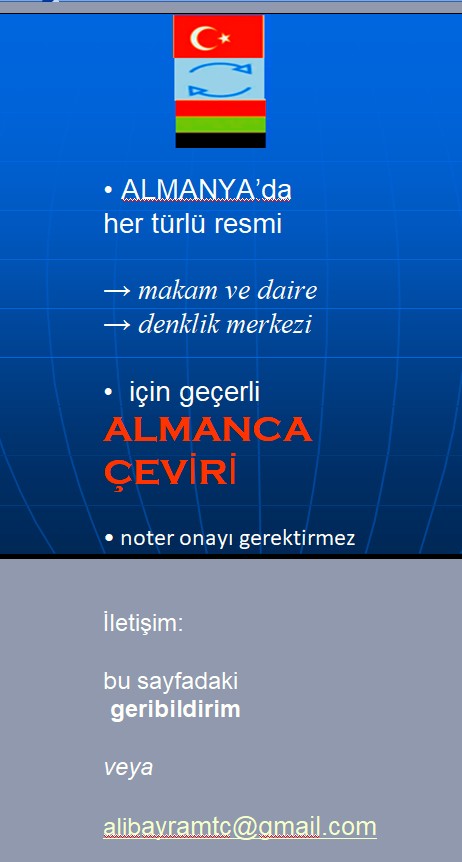mime
İngilizce - Türkçe
sıklık sırası: 26575ad / noun 3 – theatre
ad / noun 4 – theatre
ad / noun 5 – theatre
eylem / verb
MIME = [maym] noun
1 pandomim
2 pandomim oyuncusu
¤ verb
pandomim yapmak
MIME
In the context of theatrical or silent performance:
Mime Artist: A performer who uses gestures, movements, and expressions to convey a story or character without speaking.
Mime Show: A theatrical performance in which actors use body movements, facial expressions, and gestures to tell a story or entertain an audience.
Mime Theater: A venue or company dedicated to the art of mime, where silent performances are staged.
Mime Routine: A scripted or choreographed sequence of mime acts or gestures used in a performance.
Mime Act: A specific segment of a mime performance that conveys a particular narrative or idea.
Mime Workshop: A class or training session where individuals learn the techniques and skills of mime performance.
Mime Pantomime: A form of mime in which performers act out stories and characters using exaggerated movements and gestures.
Mime Clown: A type of mime performer who incorporates comedic elements into their act.
Mime Costume: Clothing and attire designed for mime performers, often black and white to emphasize body movements.
Mime Makeup: Special cosmetics and face paint used by mime artists to highlight facial expressions.
In the context of technology and communication:
Email Mime: A technique for sending multimedia content via email, typically involving attachments and encoding methods.
Mime Type: A label that identifies the type of data contained in a file or document, aiding in proper handling and rendering.
Mime Encoding: The process of converting binary data into a textual format for transmission, often used in email attachments.
Mime Format: The specific structure and encoding used for multimedia content, such as images and videos.
Mime Attachment: A file or document that is included with an email message, often requiring mime encoding.
Mime Viewer: A software tool or application that can display multimedia content, such as images or videos, in email messages.
Mime Compatibility: The ability of a system or software to correctly interpret and display mime-encoded data.
Mime Server: A server that handles the transmission and reception of mime-encoded content, often used in email and web services.
Mime Header: Part of an email or data structure that contains information about the content type and encoding.
Mime Presentation: A digital or multimedia presentation that includes various types of media and content.
In the context of imitation or mimicry:
Mime Copy: An exact replica or reproduction of something, created through careful imitation.
Mime Imitation: The act of imitating or mimicking someone or something's actions, behavior, or style.
Mime Impersonation: The skill of convincingly portraying someone else, often a celebrity or character.
Mime Parody: A humorous imitation or exaggeration of a person, work, or style for comedic effect.
Mime Mockery: Making fun of someone or something by mimicking or imitating their actions or characteristics.
Mime Mimic: A person skilled in copying or mimicking the behaviors and mannerisms of others.
Mime Doppelgänger: A person who looks and behaves so similarly to someone else that they appear almost identical.
Mime Replication: The process of creating a duplicate or copy through imitation and replication.
Mime Echo: An imitation or repetition of sounds, actions, or words, often for dramatic effect.
Mime Homage: A respectful imitation or tribute to someone or something as a sign of admiration or respect.
In the context of nonverbal communication and body language:
Mime Gesture: A physical movement or action that conveys a message or meaning without using words.
Mime Expression: A facial or bodily expression used to communicate emotions, thoughts, or reactions without speaking.
Mime Signal: A nonverbal sign or gesture that communicates a specific message or instruction.
Mime Posture: The position and alignment of the body that can convey information or attitude.
Mime Nonverbal Communication: The use of body language and gestures to communicate ideas and emotions.
Mime Body Language: The signals and cues conveyed through physical movements and postures.
Mime Communication Skills: The ability to effectively convey messages and emotions through nonverbal means.
Mime Silent Communication: The practice of exchanging information without speaking, often using gestures and expressions.
Mime Eye Contact: The act of making or avoiding eye contact to communicate various messages and emotions.
Mime Deception: The use of nonverbal cues and body language to mislead or convey false information.


